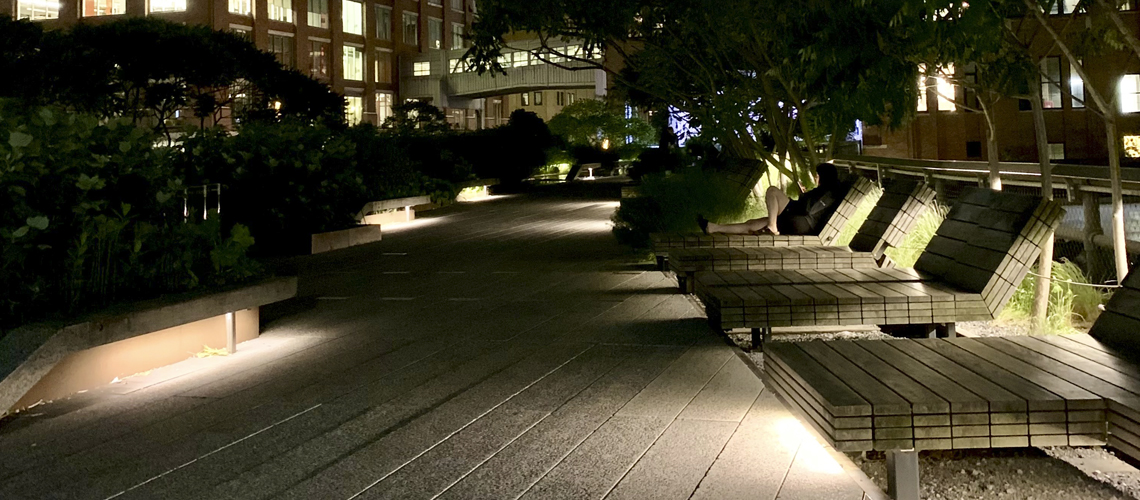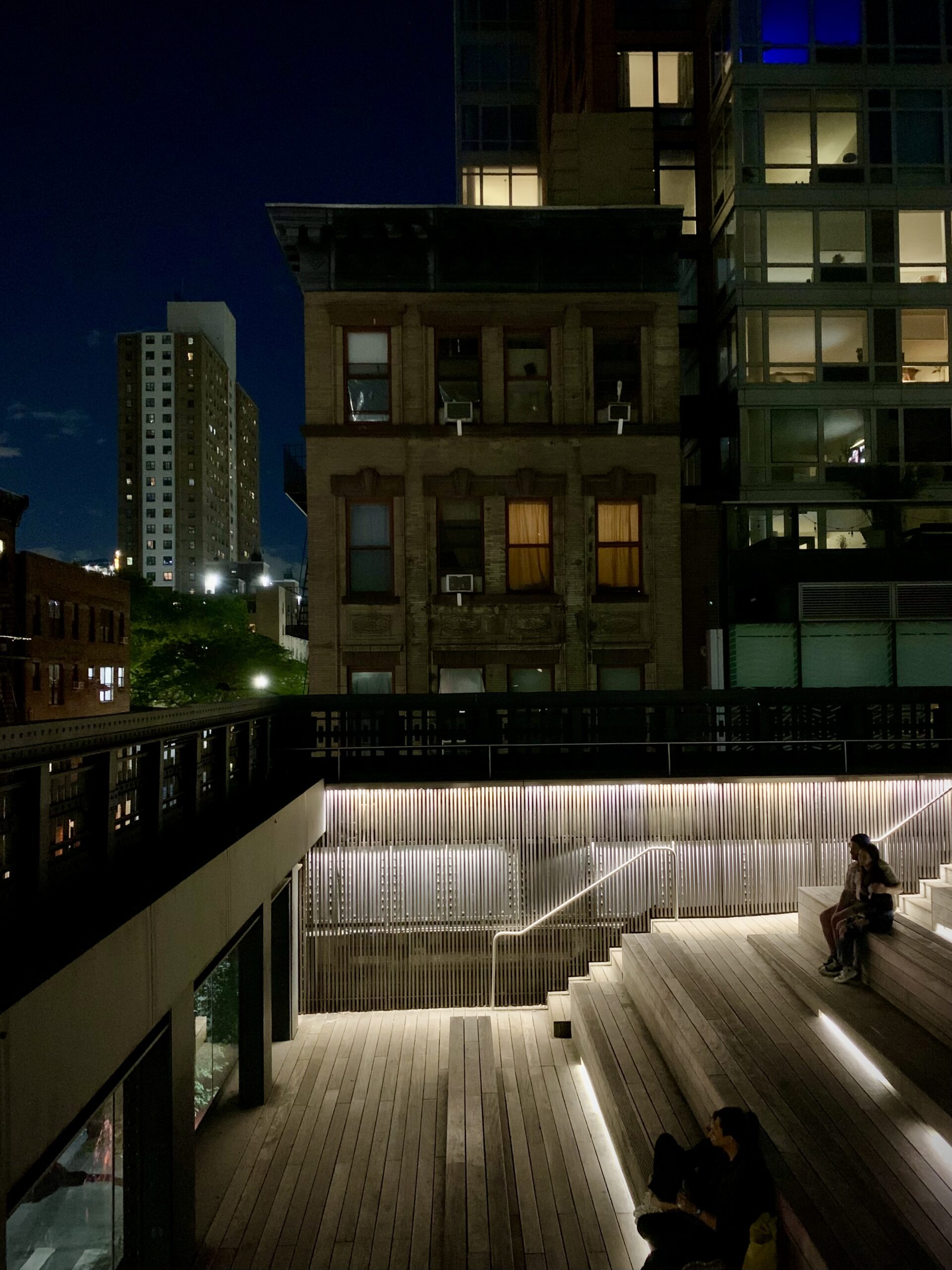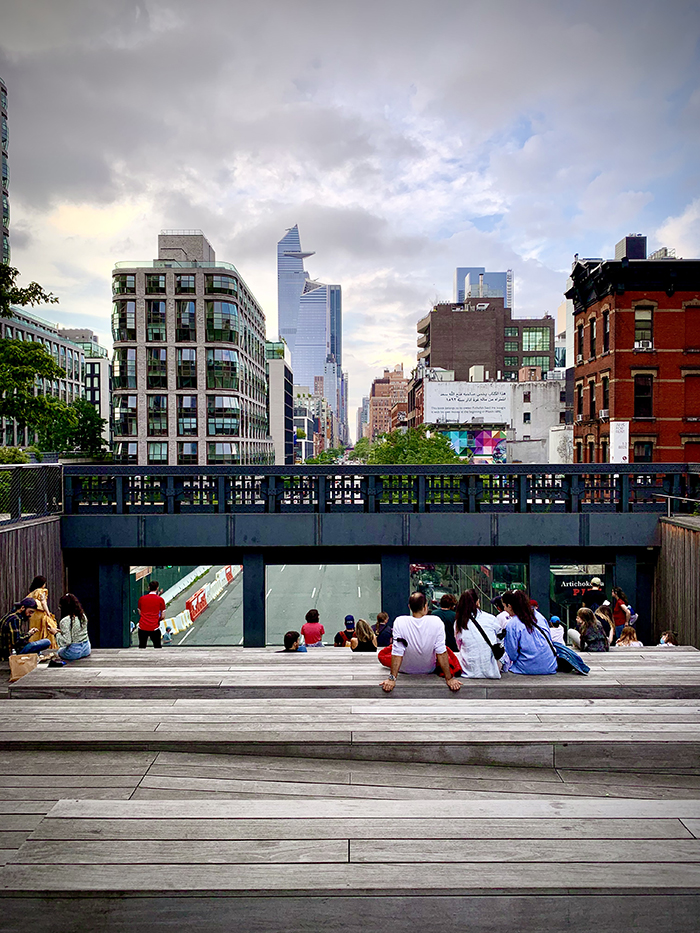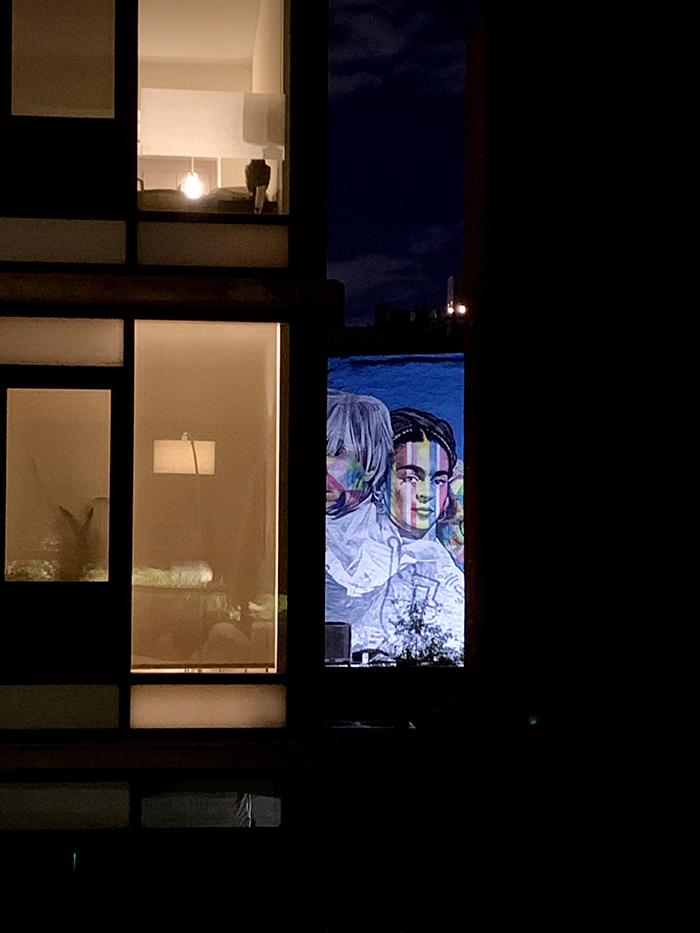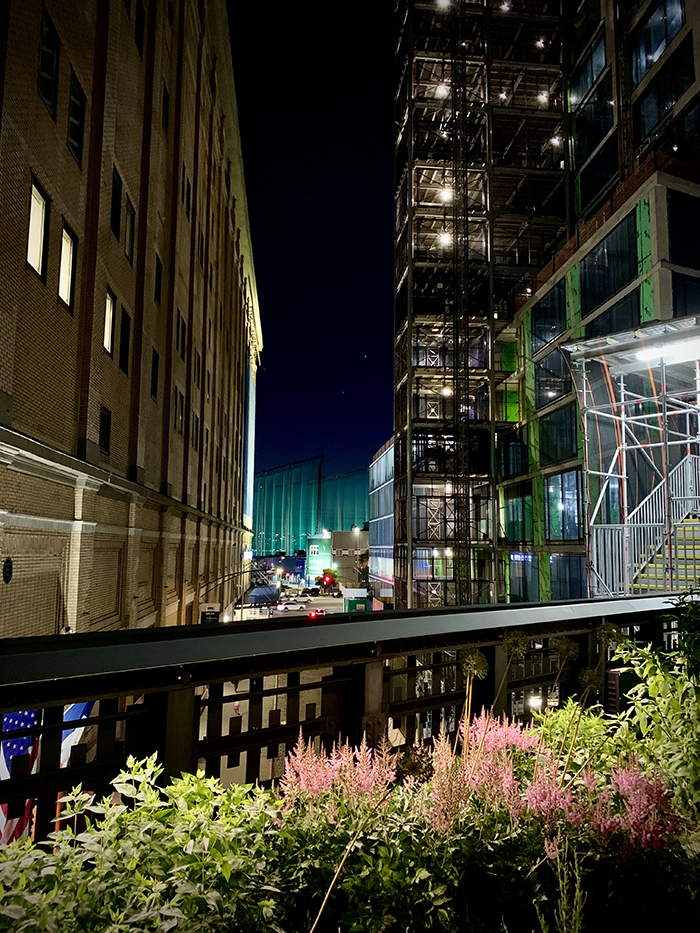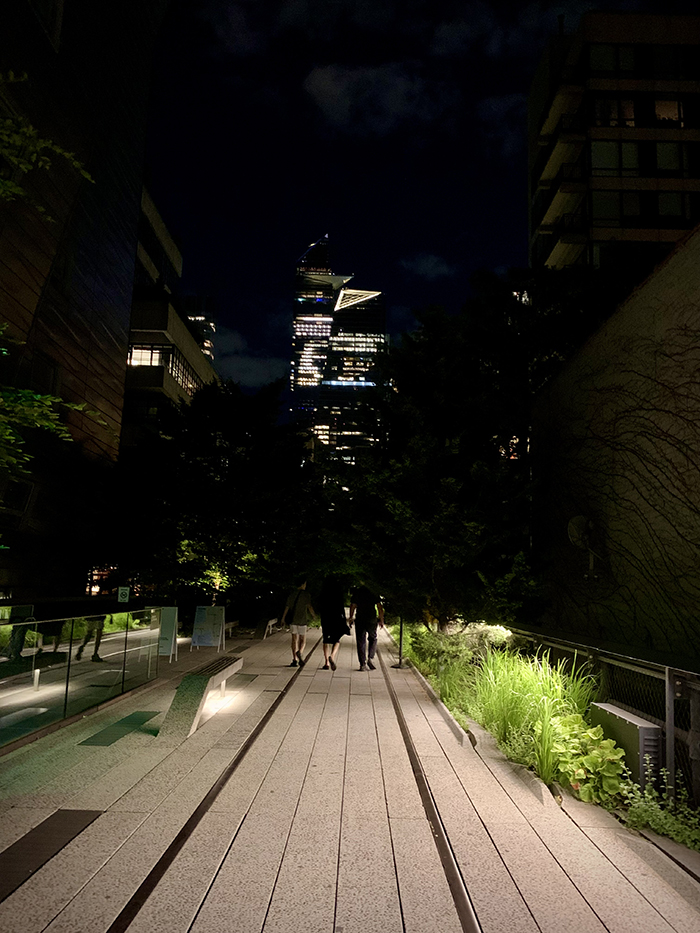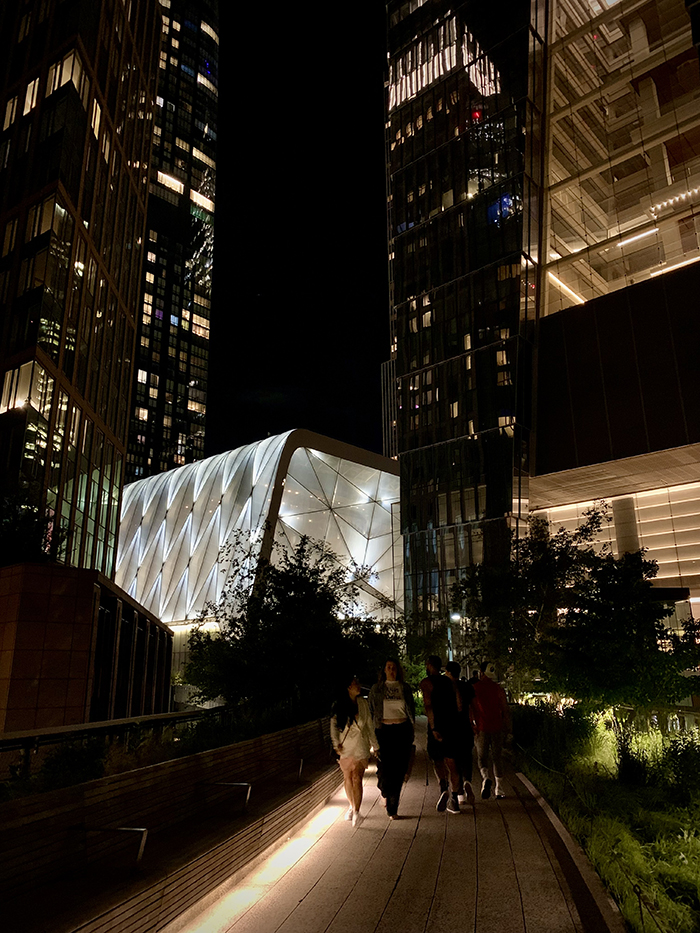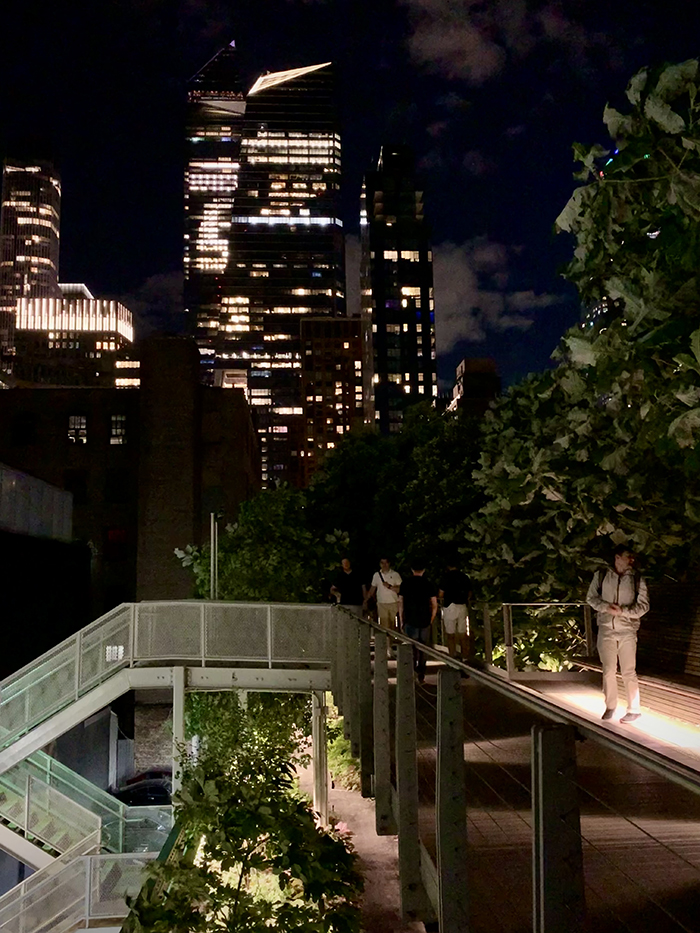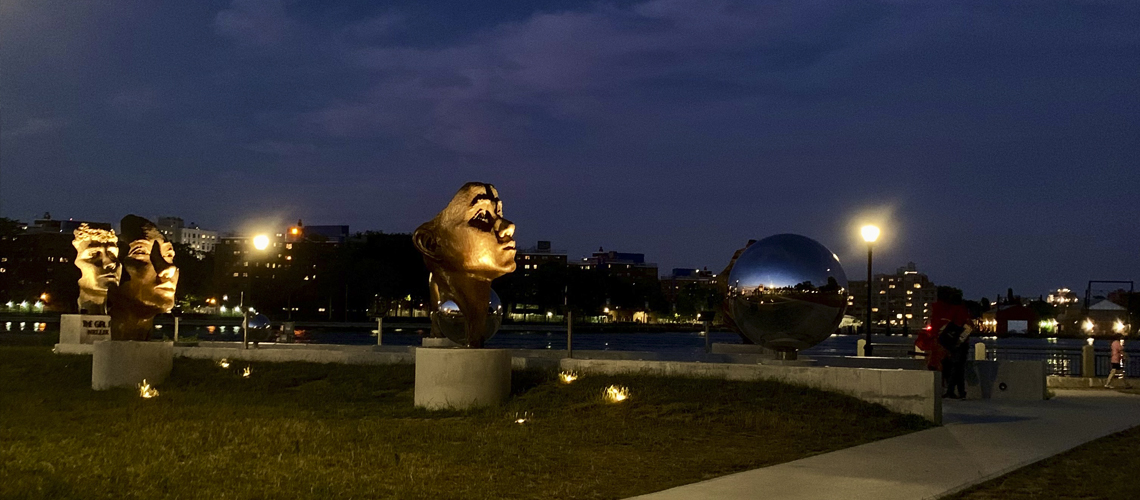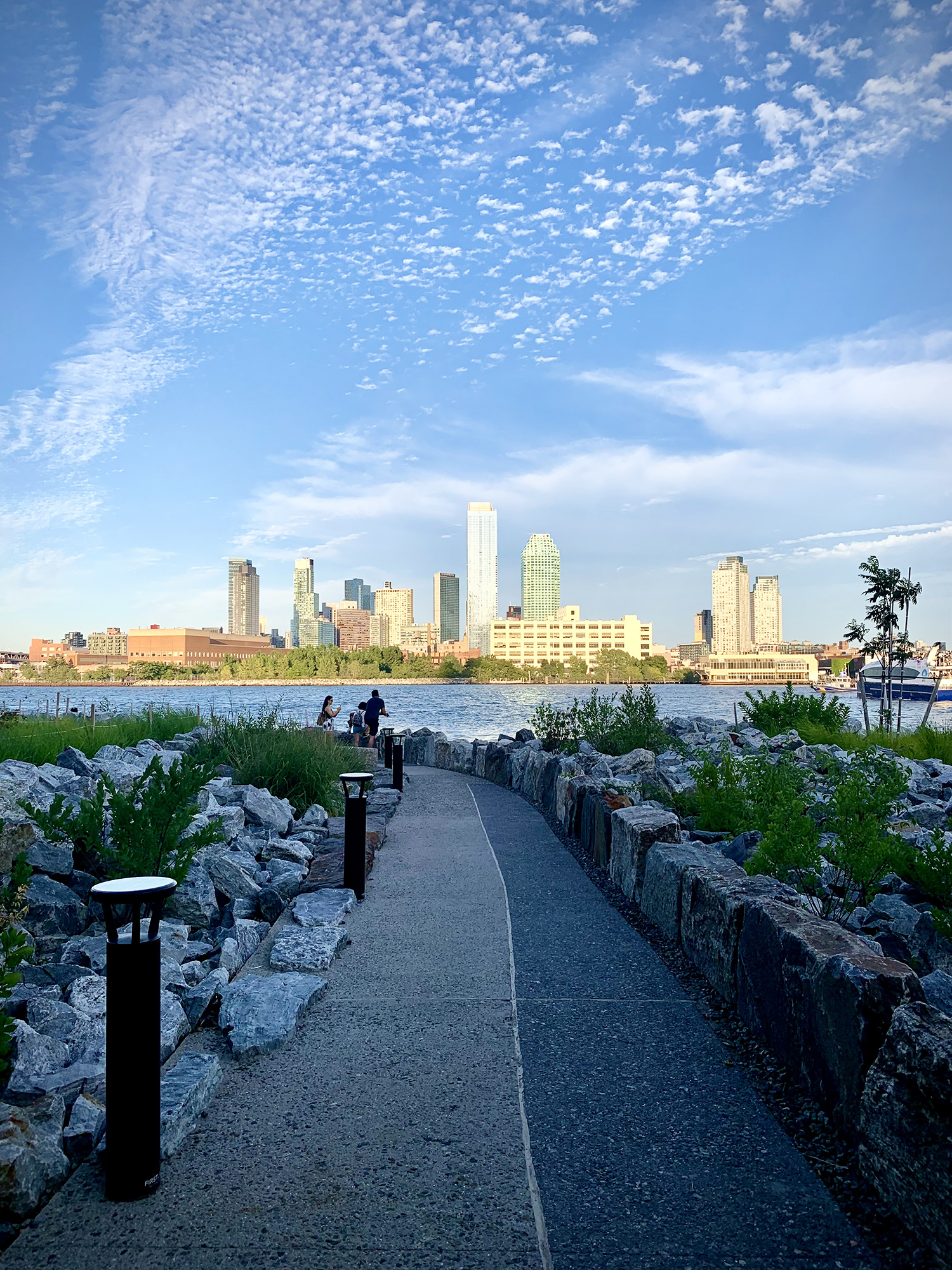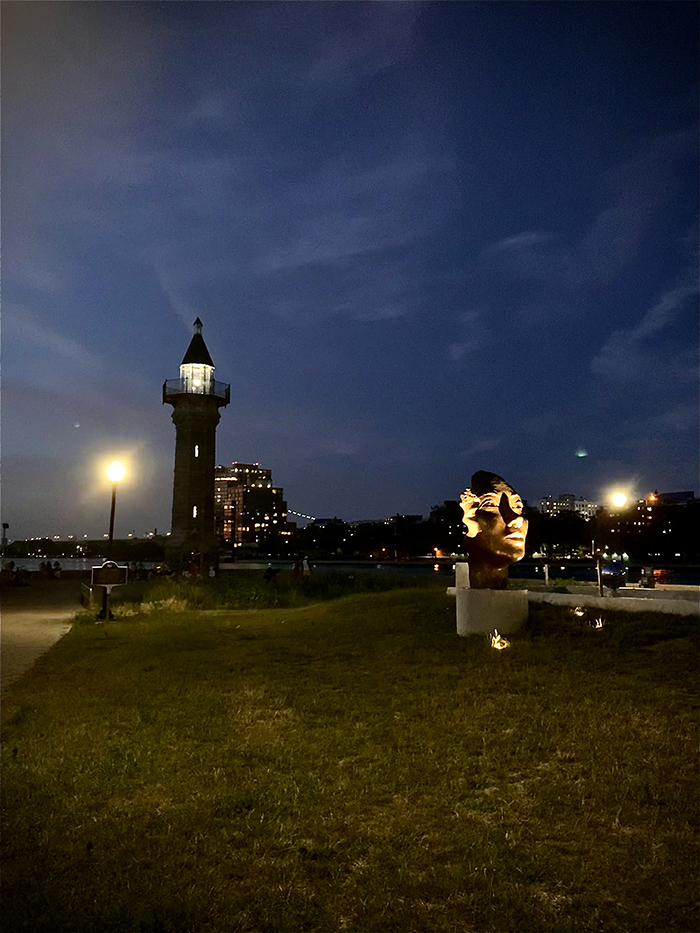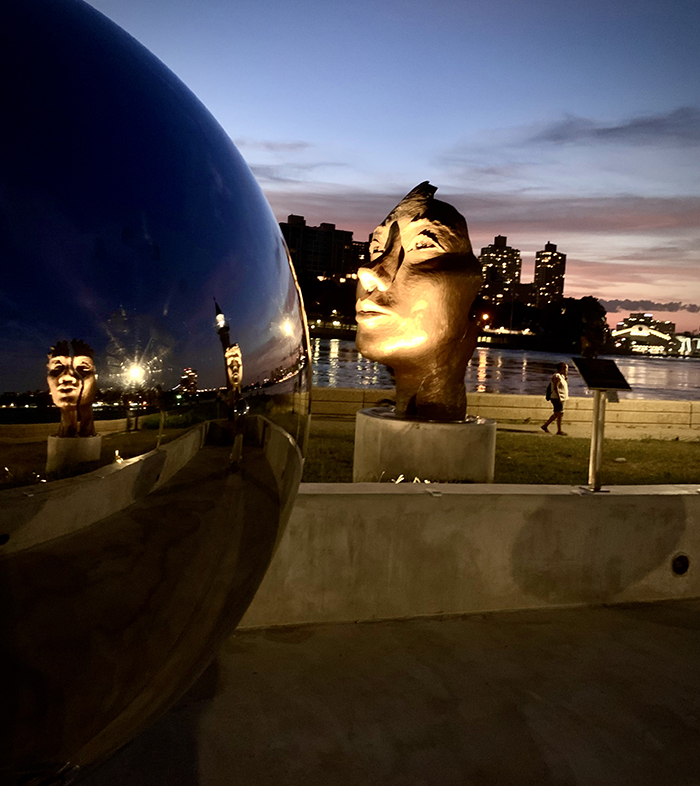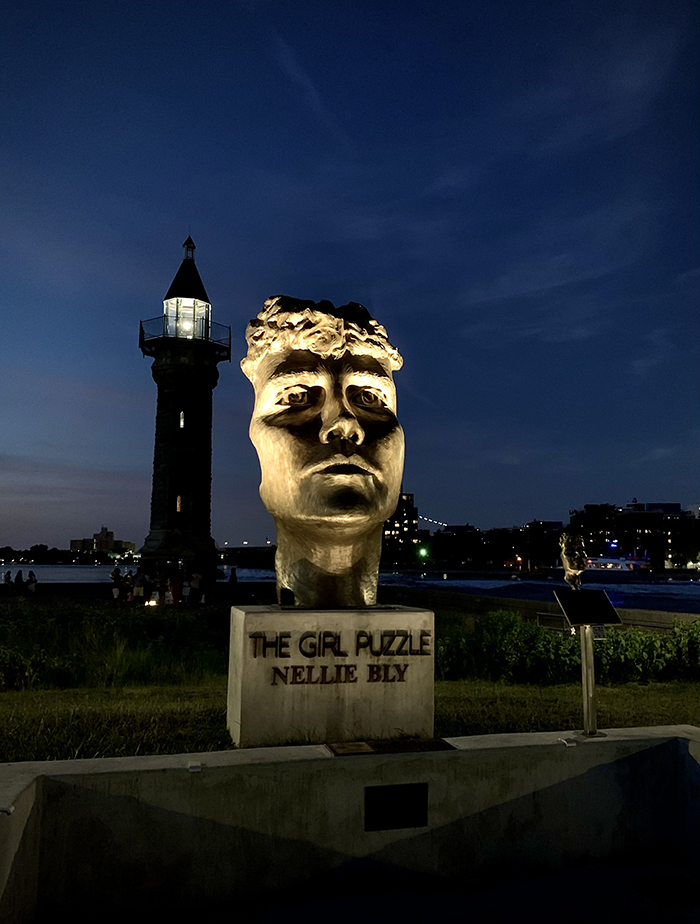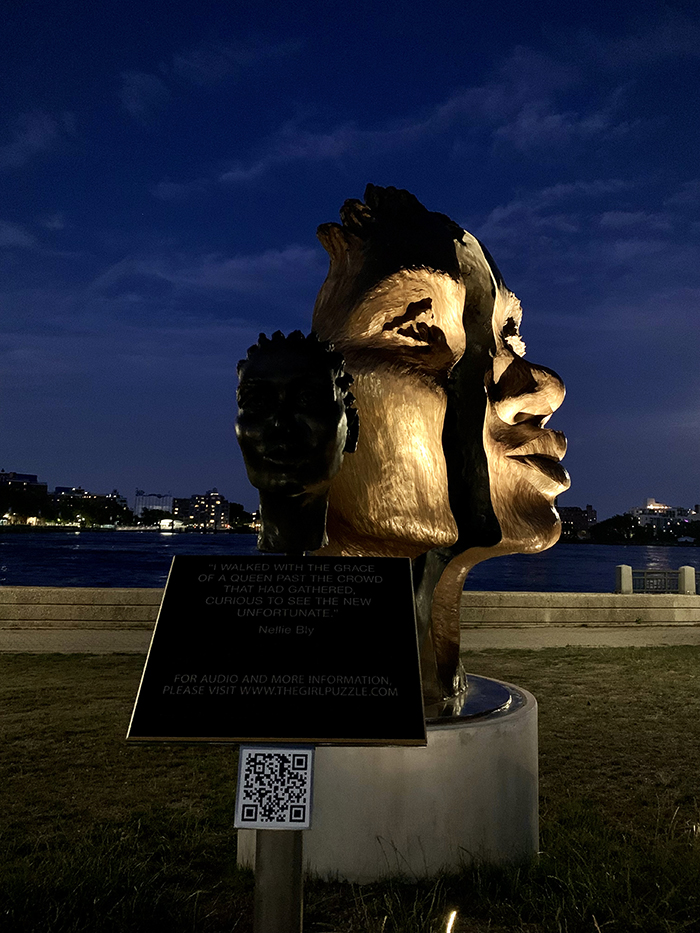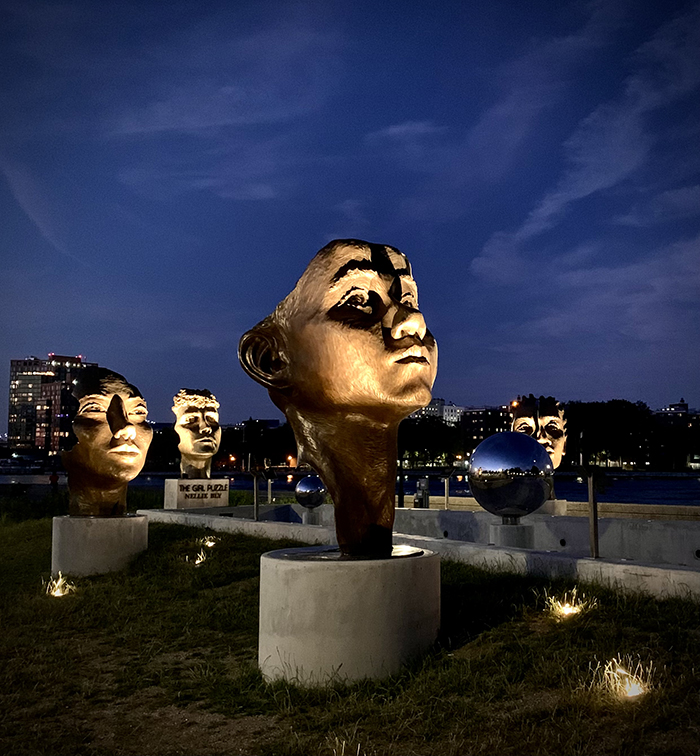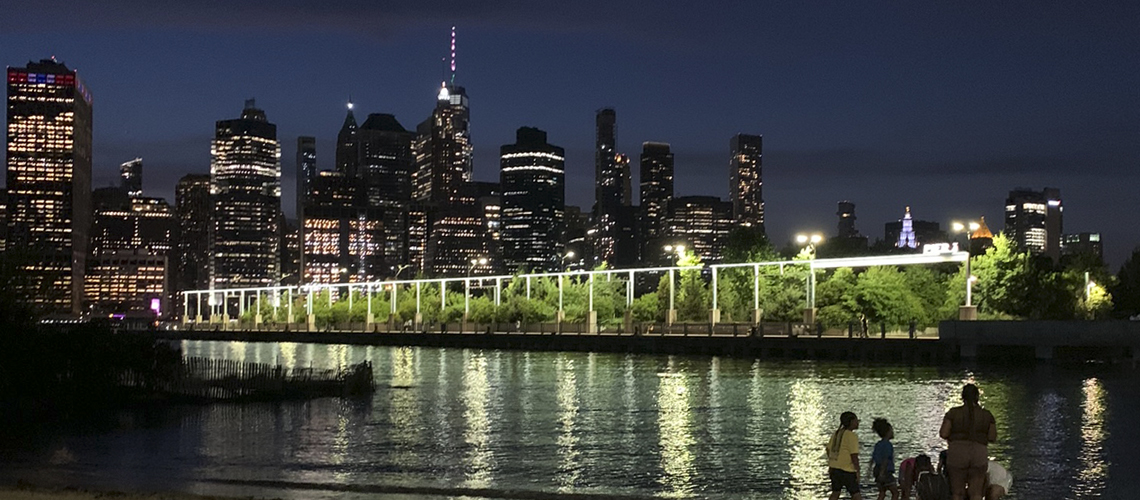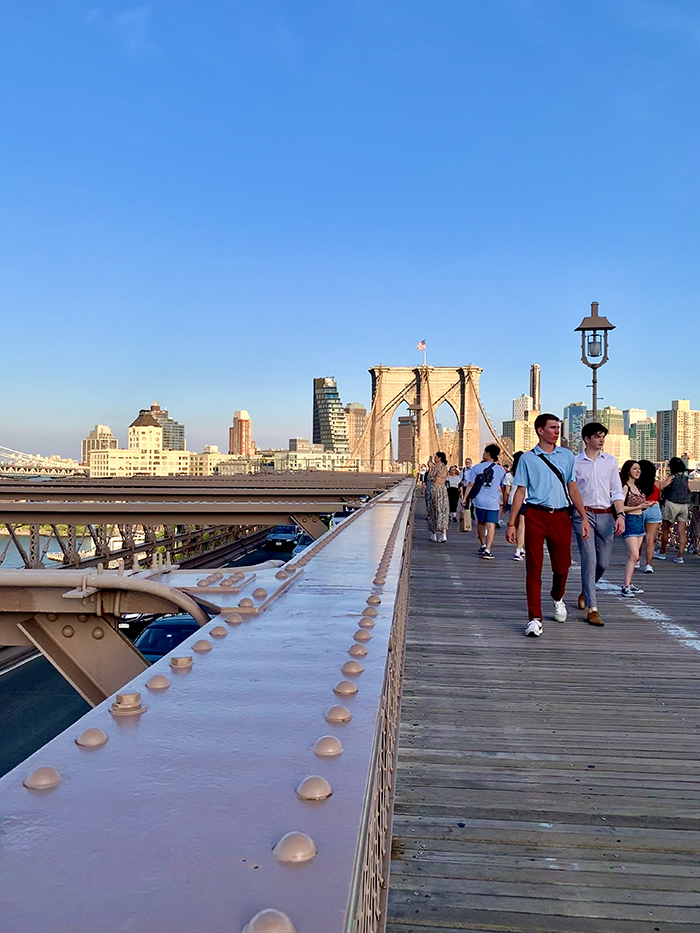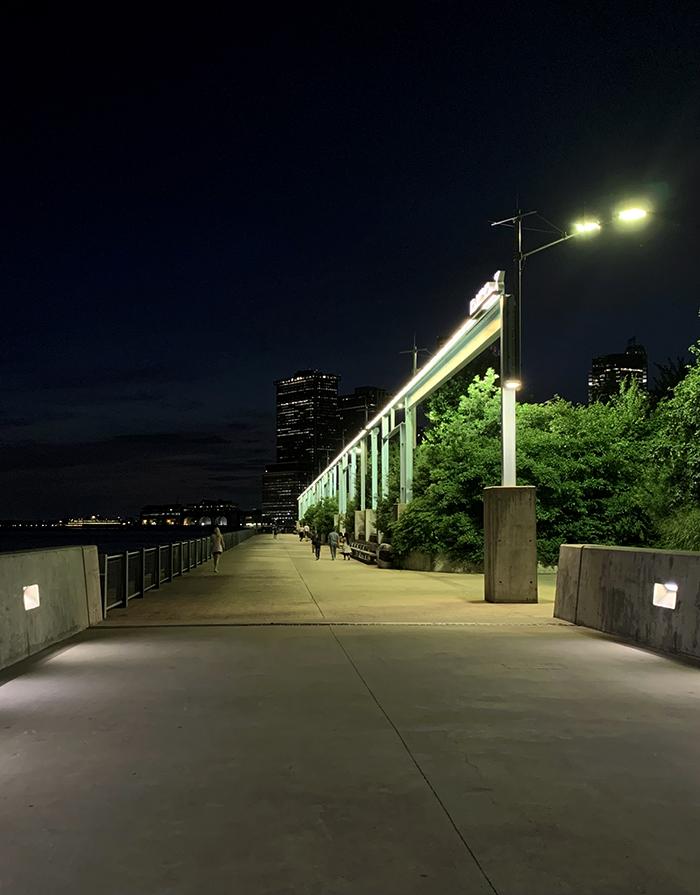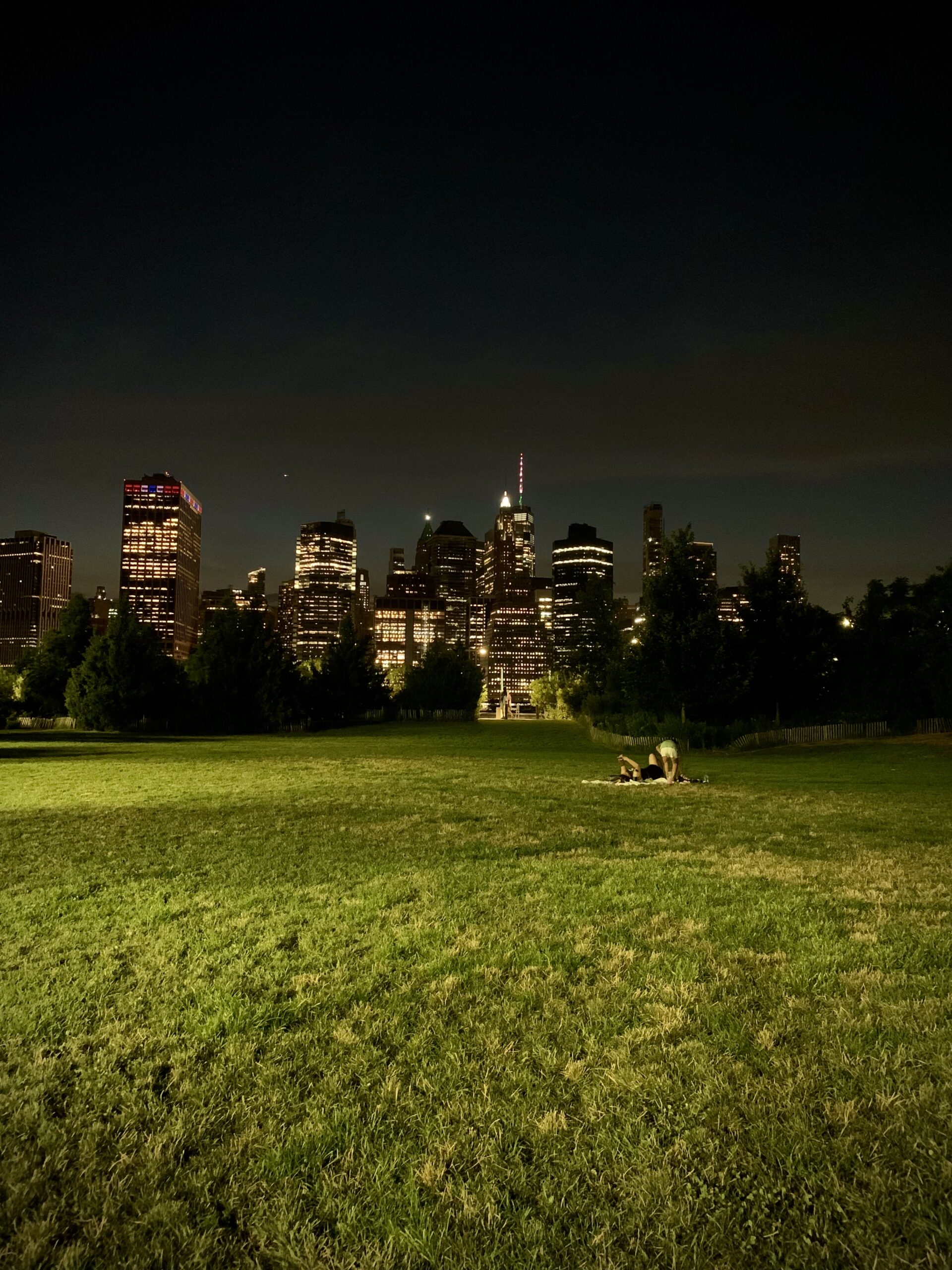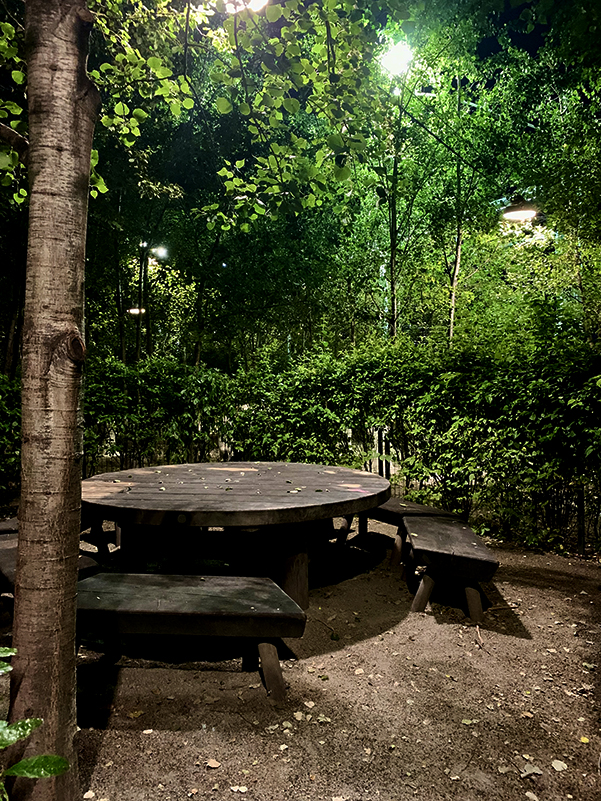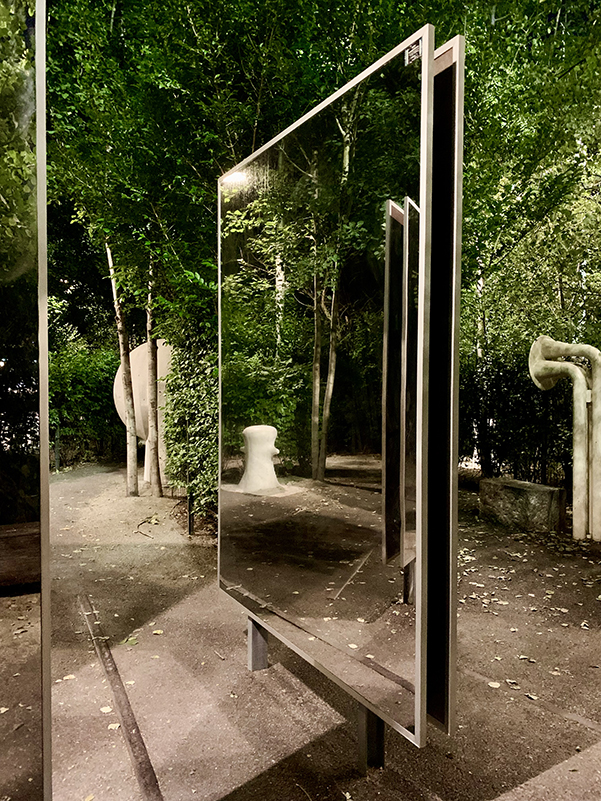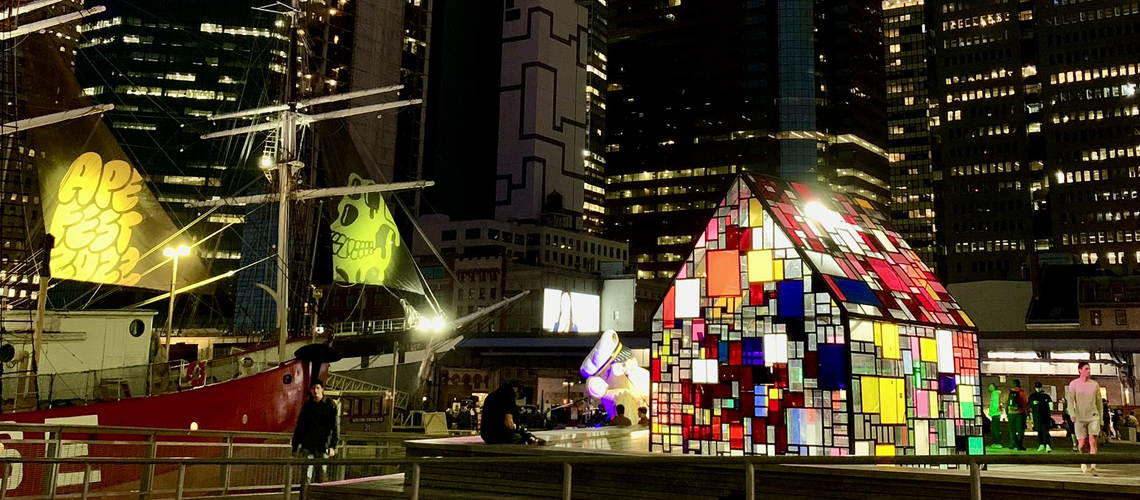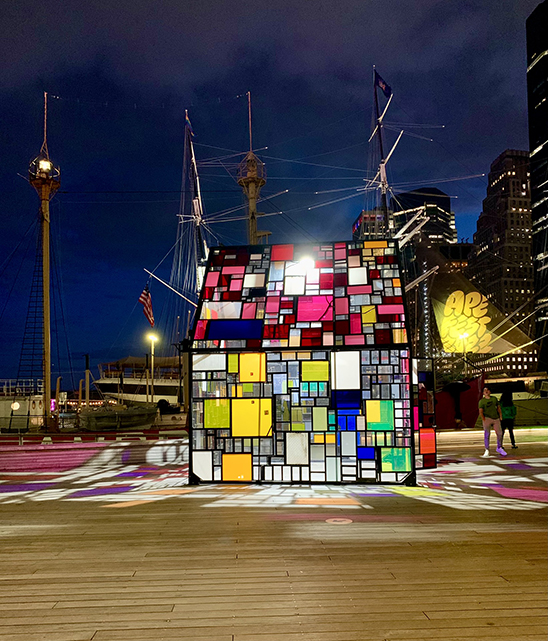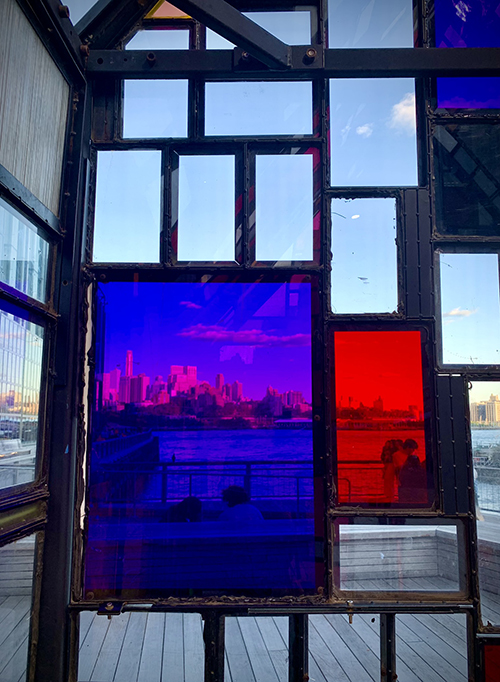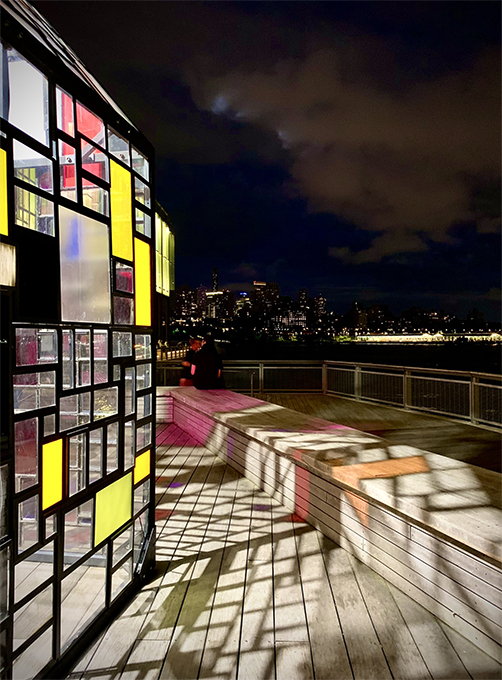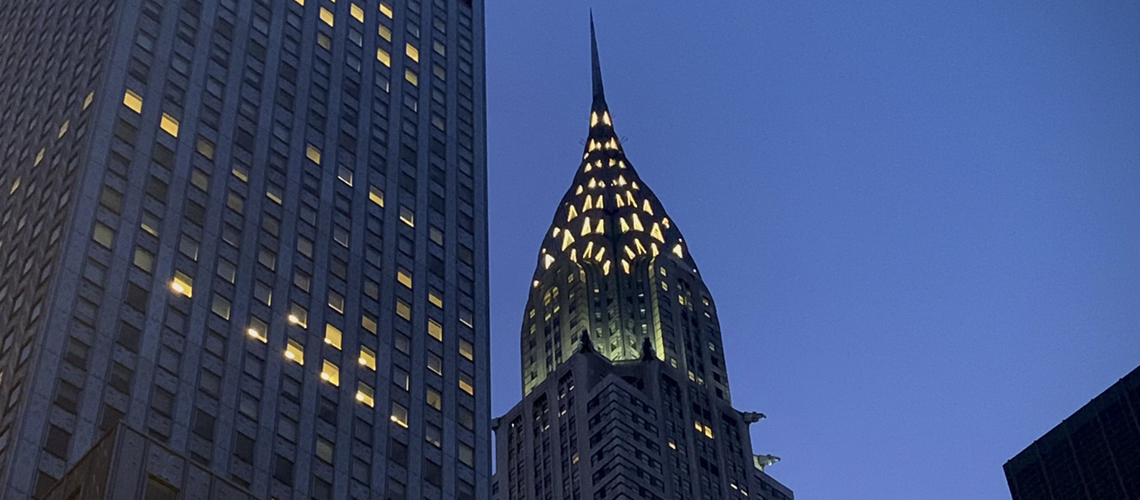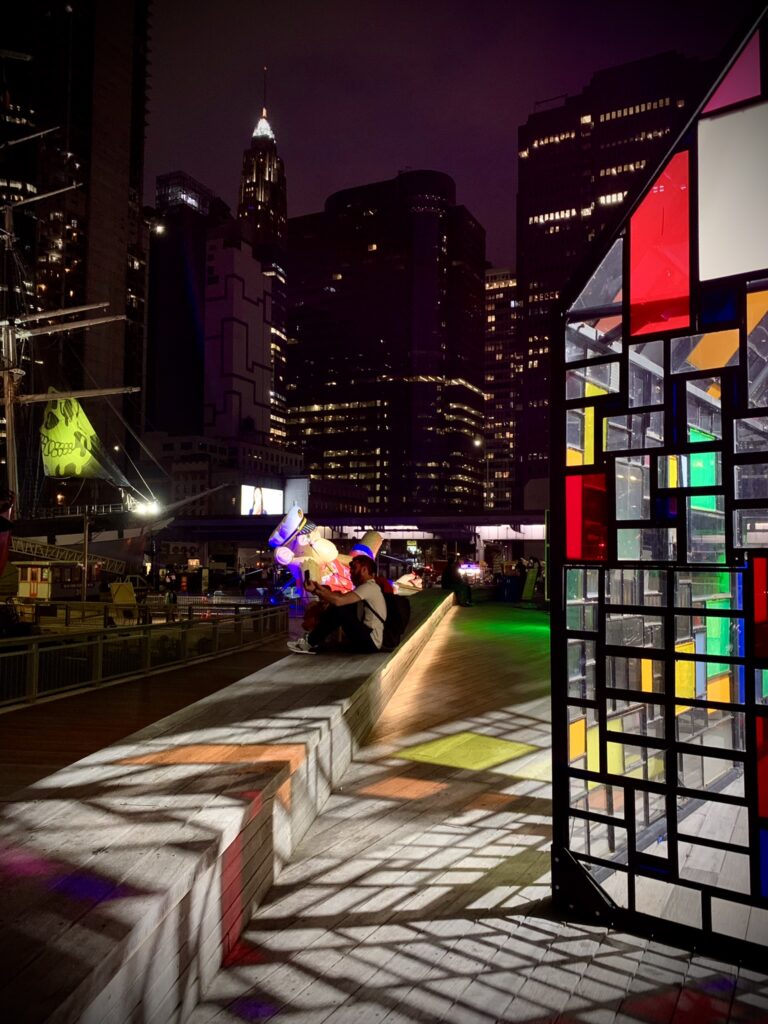THE SEA
For me, the sea has been a magical place where I can find calm. Feeling such a deep connection with the water is curious, when most of my life I have lived in the interior of Colombia, surrounded by high mountains and green landscapes. A place very far from the sound of the sea, its smell and its colors.
Perhaps that situation has led me to choose coastal cities and cities surrounded by large bodies of water, when I have had the opportunity to live abroad. I think it is the need to be close to the water, which has driven me to move between cities whenever I have the opportunity to do so. Hence, my last trip to Santa Marta arose from an impulse, an inner need to get in touch with the sea again.
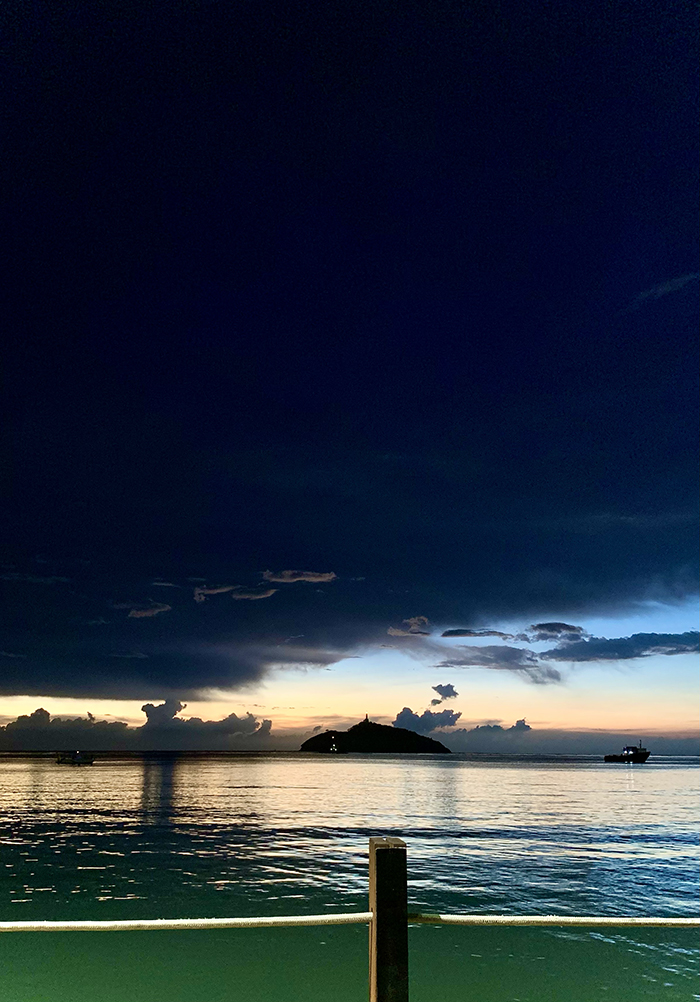
Santa Marta’s coast during the sunset
The first time I visited Santa Marta was by car. That journey was one of those typical trips made by middle-class families from the interior of Colombia. The must-go trip to the coast. I remember that was the first time we took a long trip with my grandparents. Despite having run aground twice along the way, and all the mishaps in the plans, that trip is one of the most beautiful memories I have of my childhood.
SANTA MARTA
Between that first trip and my last visit to Santa Marta, my perception of traveling has changed quite a bit. I remember that girl who sought refuge in her parents and grandparents, too afraid to get lost in the crowd of a completely unknown place. She is now a woman looking for excuses to wander the streets aimlessly, only following the colorful facades and small cafes that catch her eye. She is always looking to escape the routine, to discover a new journey.
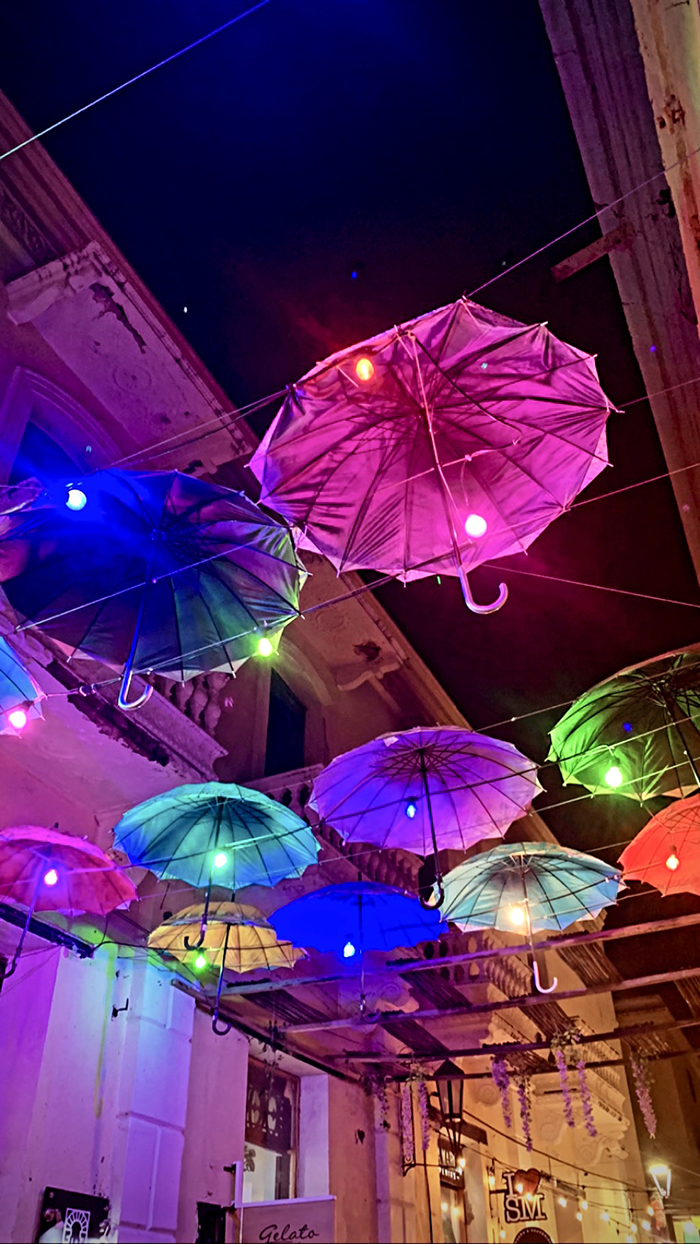
Carrera 3, street of umbrellas in Santa Marta – Nighttime
In recent trips I have taken the habit of reading about the places I visit and buying books in local bookstores in those cities. I feel that the stories of these other people give a greater depth to my experience during the trips. This search led me to the book “El Desafío de las Luciérnagas” (“The Firefly Challenge”).
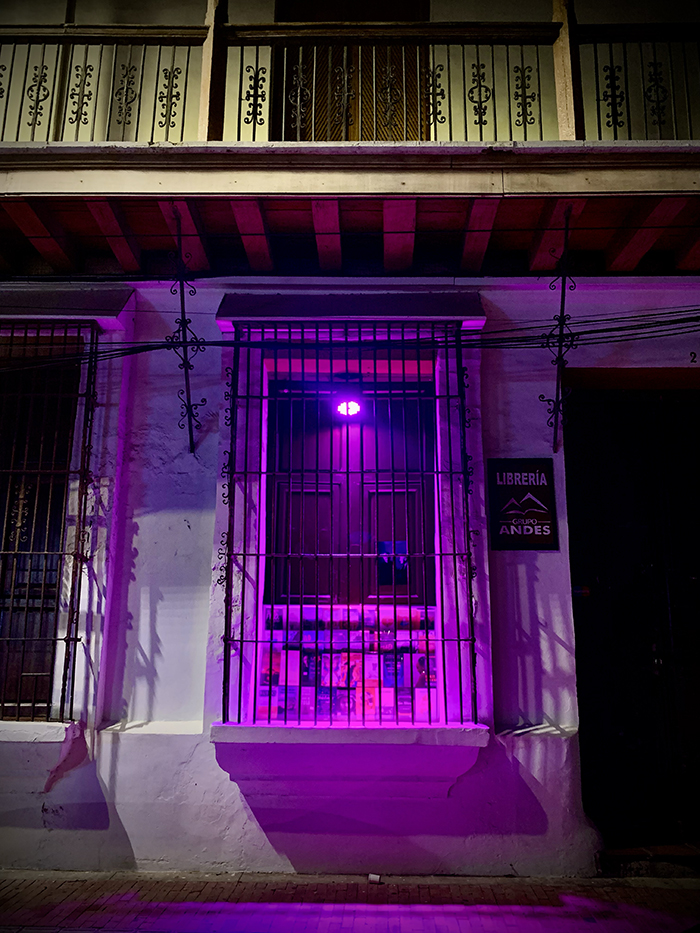
Facade bookstore Grupo Andes during nighttime – Santa Marta
In this book, its author, Polidora Gómez, narrates that “the escape is the sea…”*. This phrase resonated deeply with those memories I have of losing track of time, while listening to the fresh and deep sound of the sea. While I see how that horizon between the sea and the sky becomes infinity. While I listen to conversations of locals during the walks along the boardwalk of Santa Marta. While the reddish colors take over the landscape of this city at sunset.
THE NIGHT IN THE PIER
A new part of Santa Marta wakes up at sunset. Although most people go to the coast to take advantage of the sunny hours and the hottest moments of the day, I find the cool breeze from the sea comforting, that air that reminds us that night is coming. A less hot moment, but still hot enough to enjoy a calm and leisurely walk through its streets.
This moment of the day brings to my memory the image of the pier. During the last rays of the sun, the sky wears warm colors contrasted with the intense blue of the sea. When night falls, the deep blue of the sky mixes with the darkness of the sea and only the reflections of the water remain, to help us distinguish the limit between the sea and the sky.
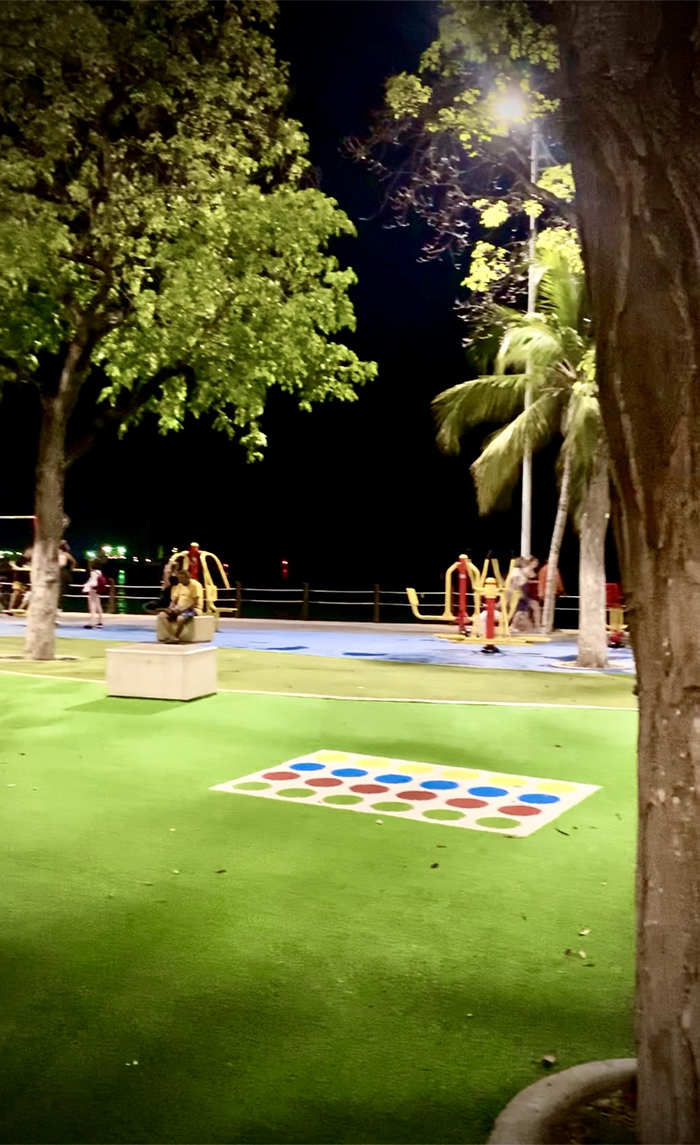
“Camellón Rodrigo de Bastidas” park during nighttime – Santa Marta
The night on the pier blends between the sound of the sea and the conversations of locals. Between the music that comes and goes in batches from some kiosks and from the “chiva”, that cannot be missed with its disco lights, to set the road parallel to the sea with color and melody.
“SEEDING STORIES”
This is the name that Polidora Gómez gives to one of the sections of her poetry book “Desafío de las Luciérnagas” (“Firefly Challenge”). Reading Polidora’s words, I find deep layers of experiences that lead me to heartfelt stories of a land that has seen everything from the most intoxicating happiness to the most heartbreaking pain. This name, “seeding stories” (“siembra de historias”) makes me think of those stories that are planted during the day and only bloom at night.
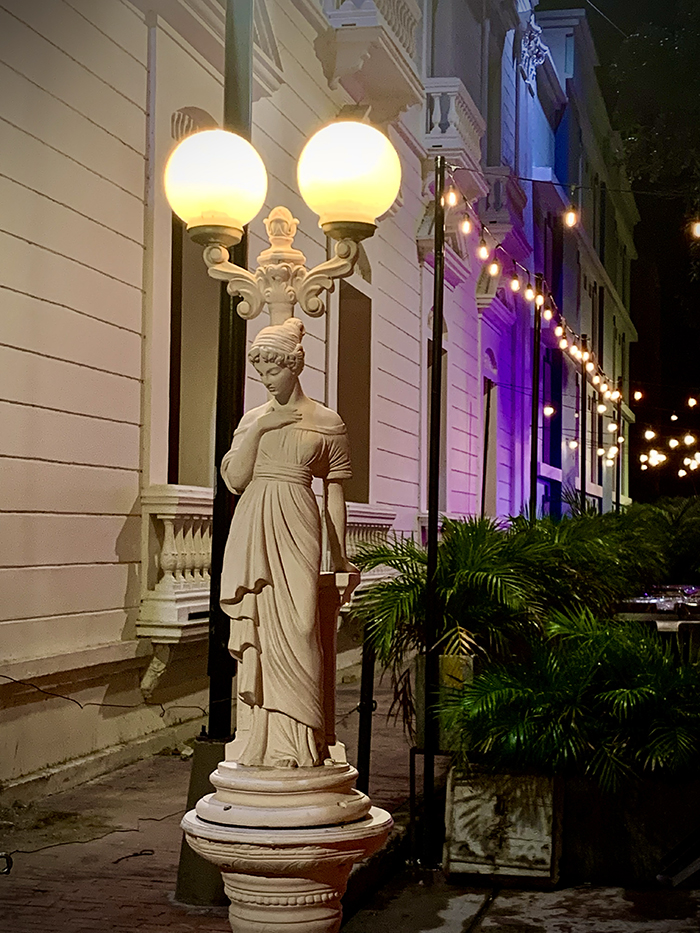
Santa Marta’s streets during nighttime – City center
I believe the night often welcomes us in its shadow, to give us permission to do what we don’t dare during the daytime. And this is why in many cities the night is between extremes. From spaces that radiate party sounds and lights, to completely uninhabited places. In many cities, it seems that the night does not have those intermediate scenarios that the daytime has. Moments of calm, contemplation and recreation are rarely experienced at night.
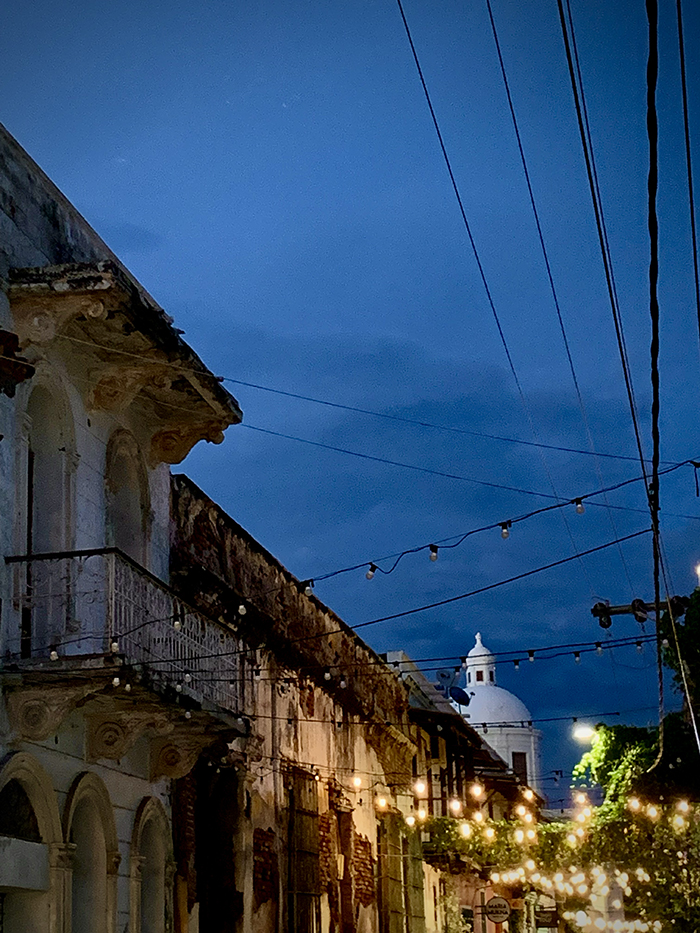
Santa Marta’s streets during nighttime – City center
In Santa Marta I walked through lively streets full of colored lights and people, to find a few blocks away, desolate streets in which the shadows of bushes are confused with those of people who find in the streets the only place in which to sleep. Although Santa Marta presents these extremes, this city also has had the ability to create the intermediate scenarios.
"WHAT DOES THE NIGHT HAVE?"
Carlos Vives is one of the most recognized singers in Colombia and has a song called “What does the night have?”* (“¿Qué tiene la noche?”). This song awakens in me a mixture of feelings between the connection with the warm atmosphere of the coast, through the sonorous feeling of its melody and the magic that Bogotá has. This city in which I now live, which despite its chaos and rainy months, finds ways to inspire me.
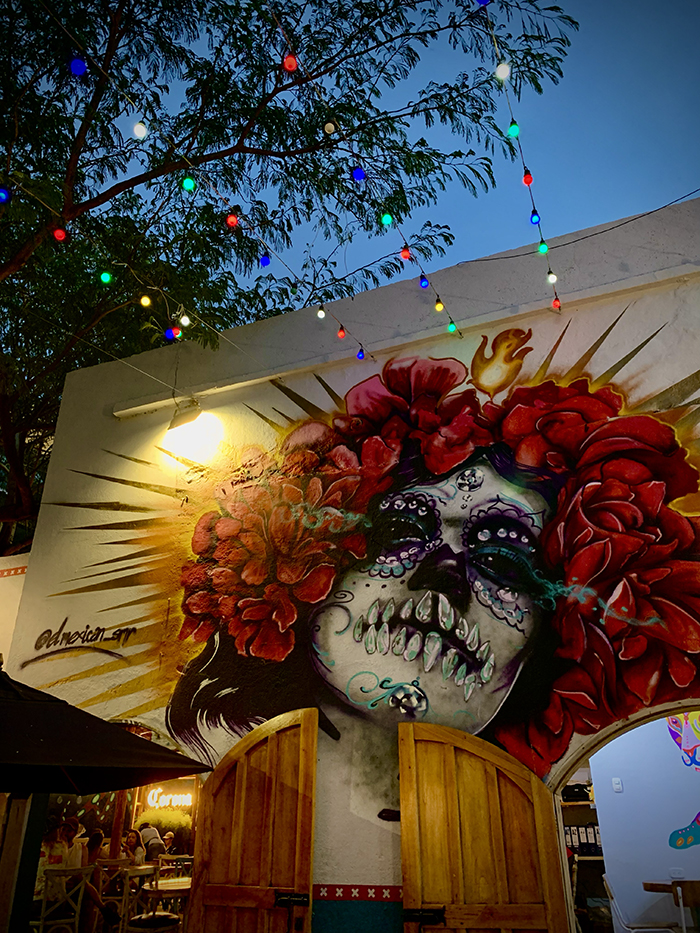
Santa Marta’s streets during nighttime – City center
Unlike Bogotá, in Santa Marta I find those intermediate scenarios during the night, which I have not been able to experience in Bogotá. I’m not sure if this is due to the climate, the culture of the people, the scale of the city or a mixture of all these factors. In Santa Marta, I was surprised to find urban spaces like the pier, with so much urban vitality at night.
A vitality that has nothing to do with the party or the hustle and bustle. Santa Marta’s pier has spaces to walk quietly by the sea and to watch the night from the benches that extend along the linear park. Also, it has playgrounds for girls, boys and adults, where local families enjoy at night. Added to this scenario are some local businesses that make the urban night more dynamic.
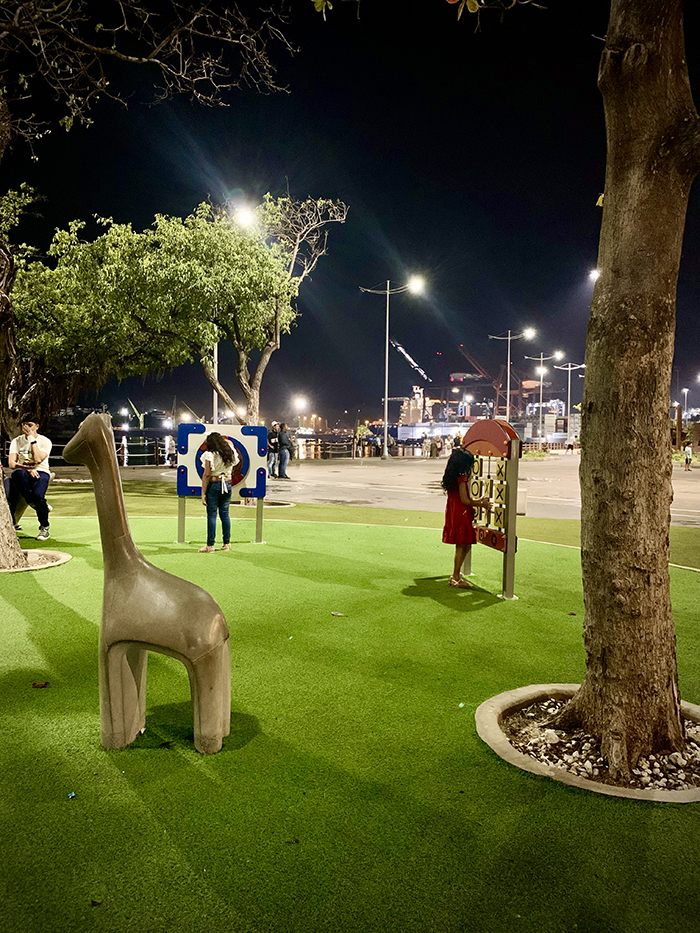
“Camellón Rodrigo de Bastidas” park during nighttime – Manhattan
In addition, it has activities such as the film festival to the sea, in which the public space becomes the stage to project films and hold talks. These proposals not only allow for a diverse night, but also prolong the use of public space and thus the access of its population to new forms of recreation.
LIVE THE NIGHT
After spending several nights in Santa Marta, I found in this city a place where I felt free to enjoy the night. I felt welcomed by a much friendlier night than I am used to in Bogotá. Although Santa Marta continues to have contrasting areas between bustle and loneliness, this city has bet on intermediate scenarios for urban life at night.
Although Santa Marta continues to have contrasting areas between bustle and loneliness, this city has bet on intermediate scenarios for urban life at night.
Walking along the pier among people of different ages, who dwell in the public space in a recreational way, made me feel safe. I went back to walking calmly, giving myself time to listen to the sea and to feel the refreshing breeze at night. I experienced a feeling of freedom and safety being surrounded by people, who even if they were strangers, accompanied me on my journey .
In the end, I felt more welcomed at night in Santa Marta than I have ever felt at night in Bogotá, after more than a decade of living there. So, what does the night of Santa Marta have that Bogotá’s doesn’t?
Night-time traveller
HELP US GROWING THIS COMMUNITY
If you enjoyed this story, please share this post and help us to add more people to our community. Or leave us a comment with your night-time stories, topics you want us to talk about or share with us your thoughts about the night-time cities
Share your own journey with us #iamanighttimetraveller

